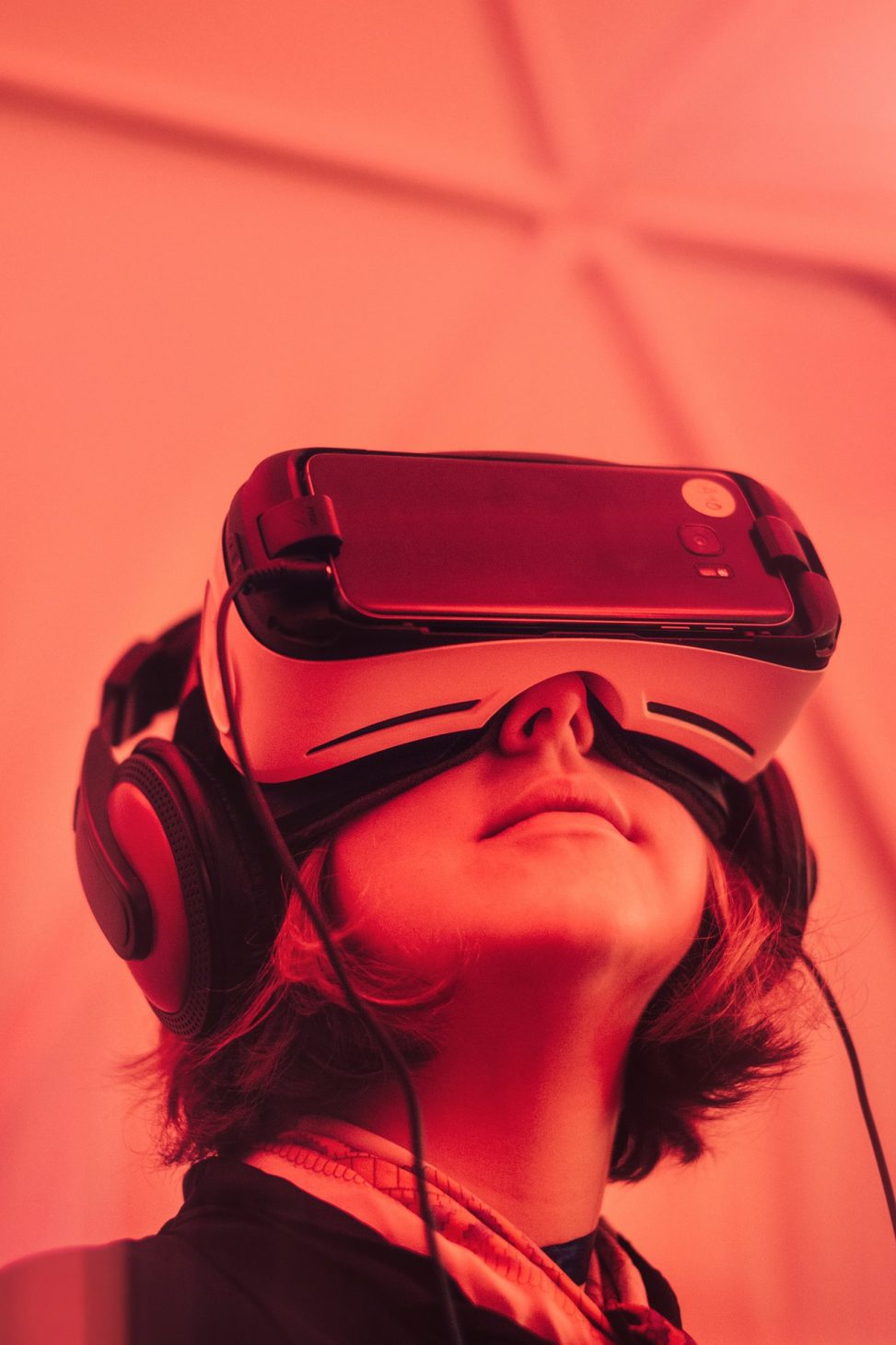Today was our final day of EDCI 336 and tech inquiry presentations. We had presentations on…
- Environmental awareness through the techno-lens
- Games and environmental awareness: geocaching, Oil God, Profit Seed
- Virtual reality: Trash Rage, Google Cardboard
- Social media and environmental awareness
- How can technology benefit mental health in the classroom
- At-risk for elementary school educators simulation
- Online teacher resources for student mental health – Children’s Mental Health Ontario, Teach Mental Health, Teach BC, Everyday Mental Health Classroom Resource
- What can teachers do to directly influence positive talk around mental health through technology: ABCs of Mental Health, When Something’s Wrong: Strategies for Teachers, Creating a Compassionate Classroom
- Mental health apps and programs for teachers and students: Chat Health, SAM app, Motional Program, the Worrinots
- Gamification
- The process of adding games and game-like elements to encourage participation
- Increases engagement
- Makes e-learning fun and interactive
- Improves absorption and retention
- Opportunity to see real-world applications
- Game use in the classroom – polls, checking progress, feedback, in-class practice
- Use at home and studying – self-assessing/testing, collaborative, shareable
- Virtual: kahoot!, Quizlet, Duolingo, Jeopardy
- Physical: card games, modified board games, Scattegories, charades
- Coding in the elementary school classroom
- Coding games: Code Combat, Flexbox Froggy, CodeMonkey, Scratch
- Code BC for teachers to educate themselves
- The Coding Train
For the second half of class, we were given the opportunity to experience both virtual and augmented reality.
For virtual reality, we were taken in small groups to the VR room in the business and economics building. We were each able to put on an Oculus Rift headset and explore Google Earth. I went and saw the Gulliver Park in Valencia, Spain. It was a surreal experience, as you feel as if you are moving as well as being entirely immersed. I think VR can be a fantastic resource for creating a more immersive learning experience in classrooms, as it brings experiences to students that they may never otherwise have. VR technology such as Oculus is quite costly and thus not feasible for an entire classroom. Luckily, Google has an apparatus called Google Cardboard that works with smartphones to create a similar experience for a much more affordable price.
After the VR session, we learned about augmented reality through an app called HP Reveal. Through the app, you interact with the physical world to discover digital content. For example, you can scan a particular item or poster, and link it to any kind of media. Another person is then able to come along and scan that same item with their phone to access the content. The process is similar to scanning a QR code, only the “code” can be any object or area of a room. We were walked through the entire process by Rich McCue, using his resource HP Reveal: Augmented Reality (AR) Activity. Overall, I think augmented reality has fantastic educational potential as it again creates a more engaging and immersive learning experience.
A couple of additional concepts to keep in mind when it comes to VR and augmented reality are that there are recommended age ranges for usage, as well as recommended time limits. As always, when using technology it is important to teach students about digital literacy, and to make choices that protect student mental health.

Leave a Reply